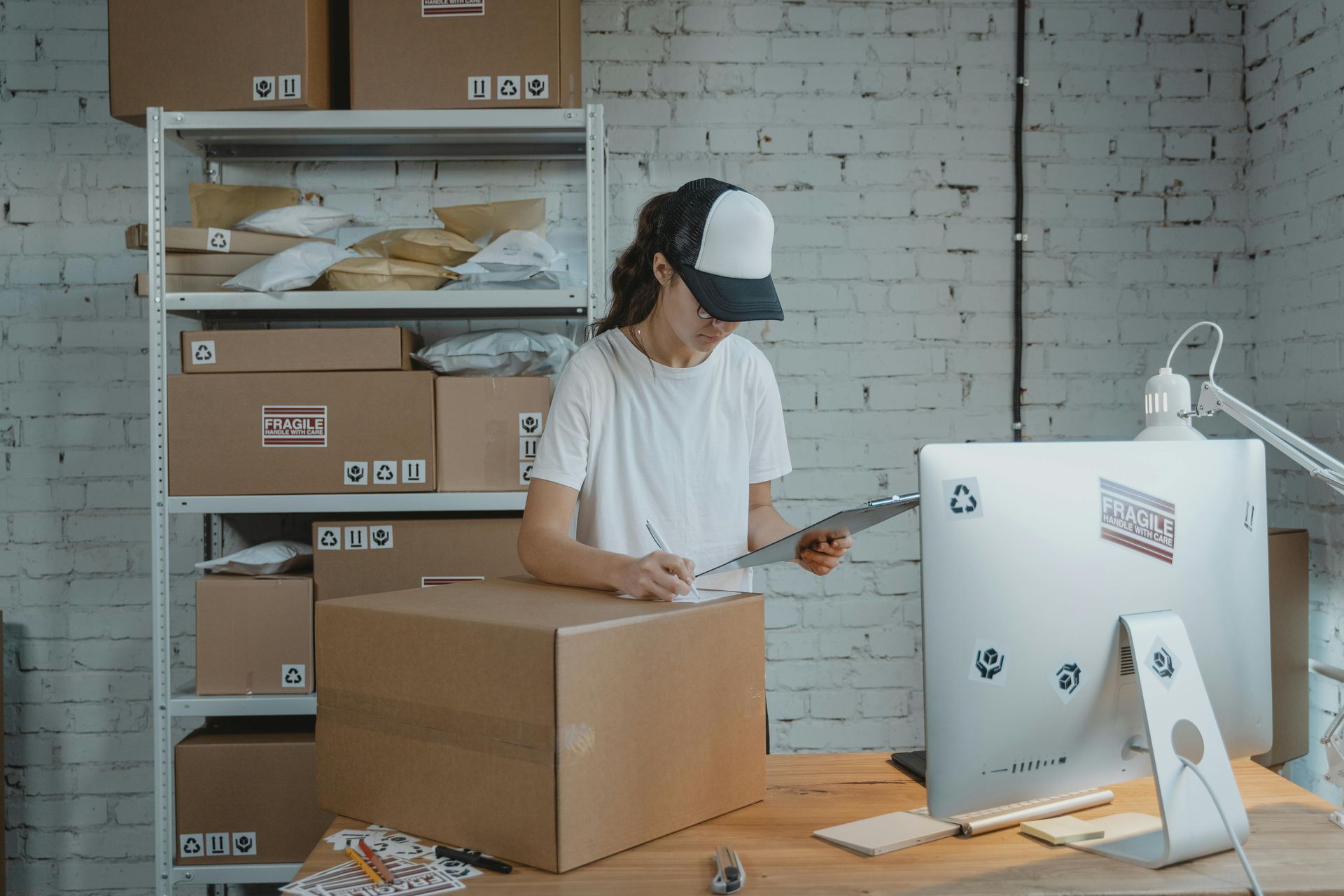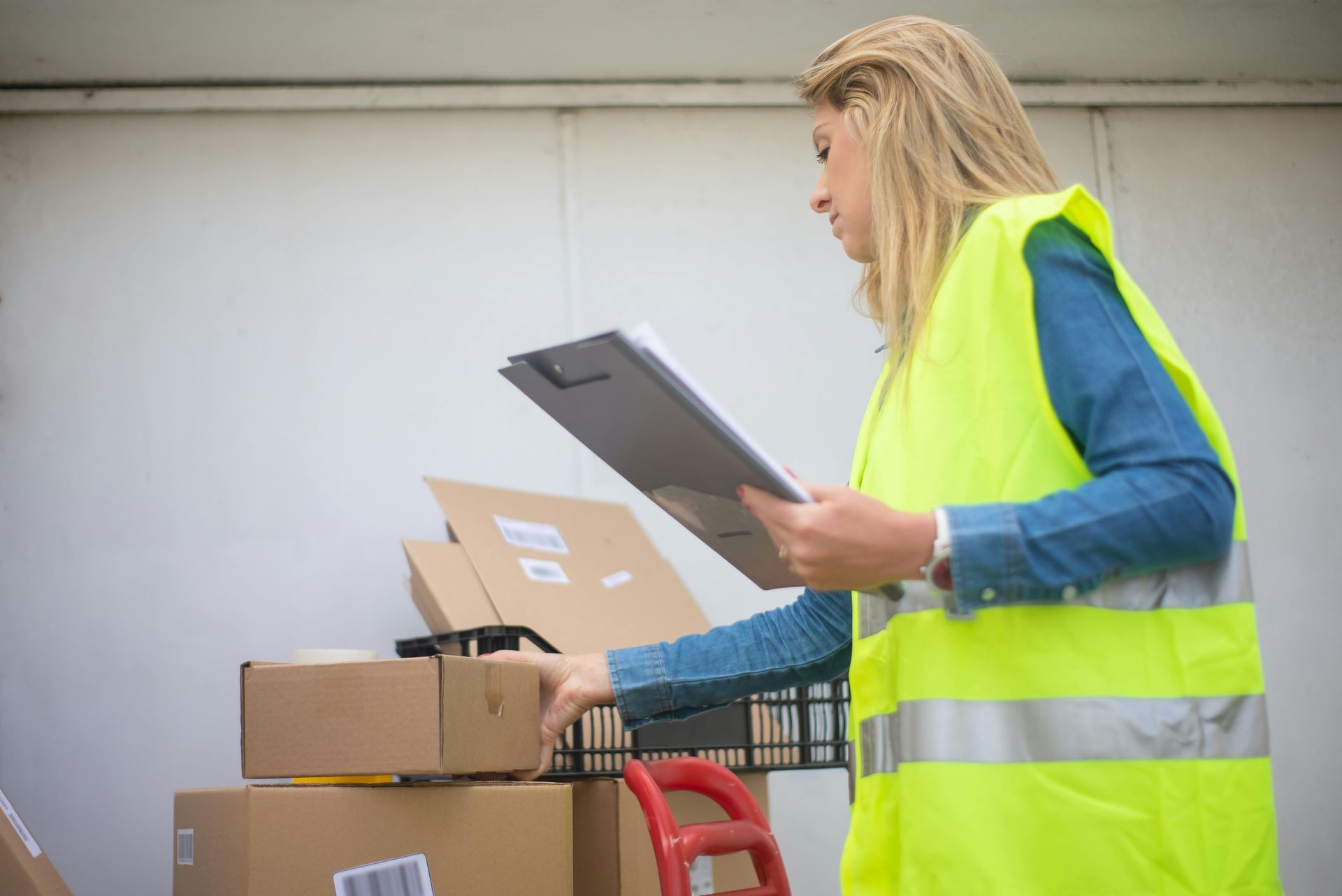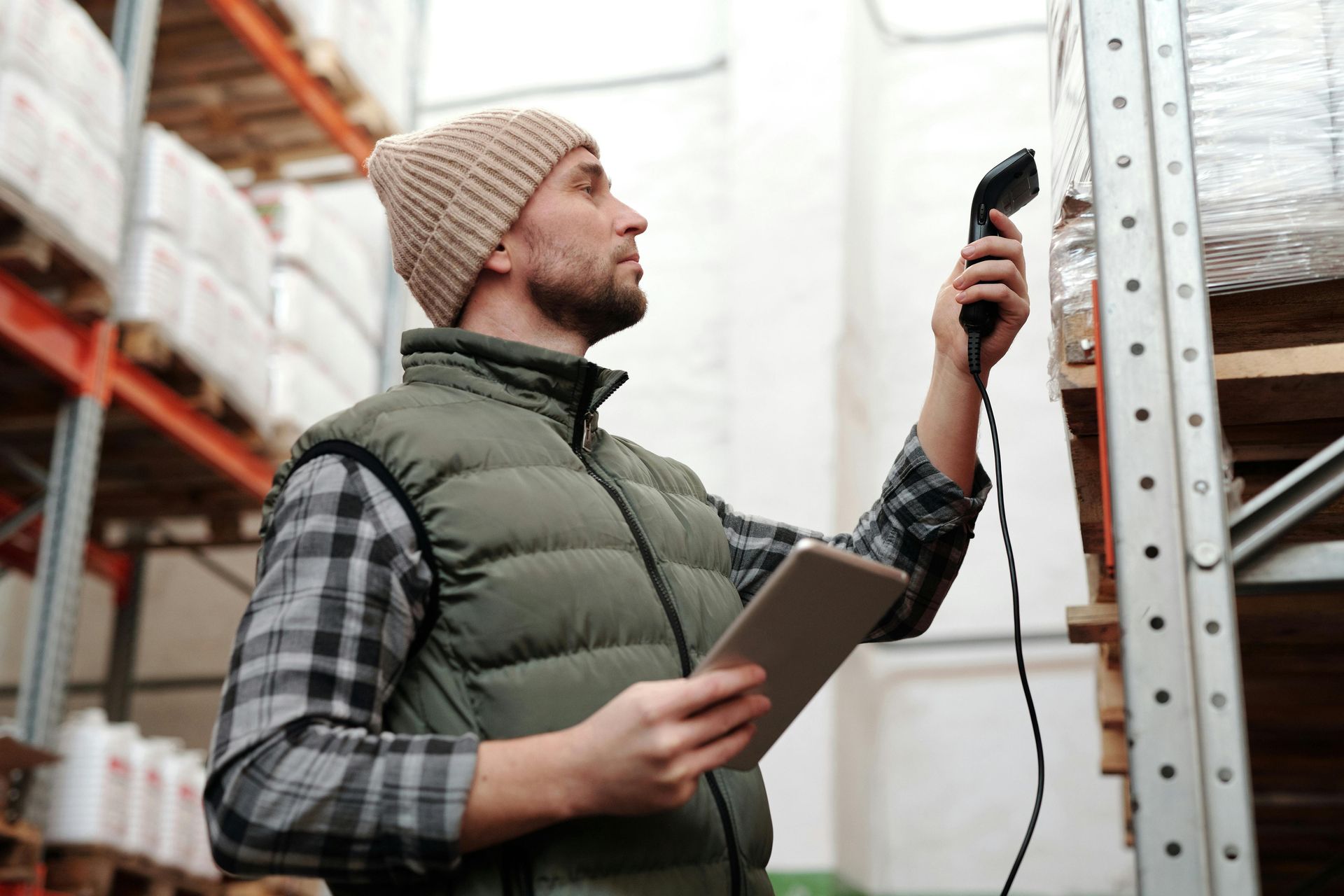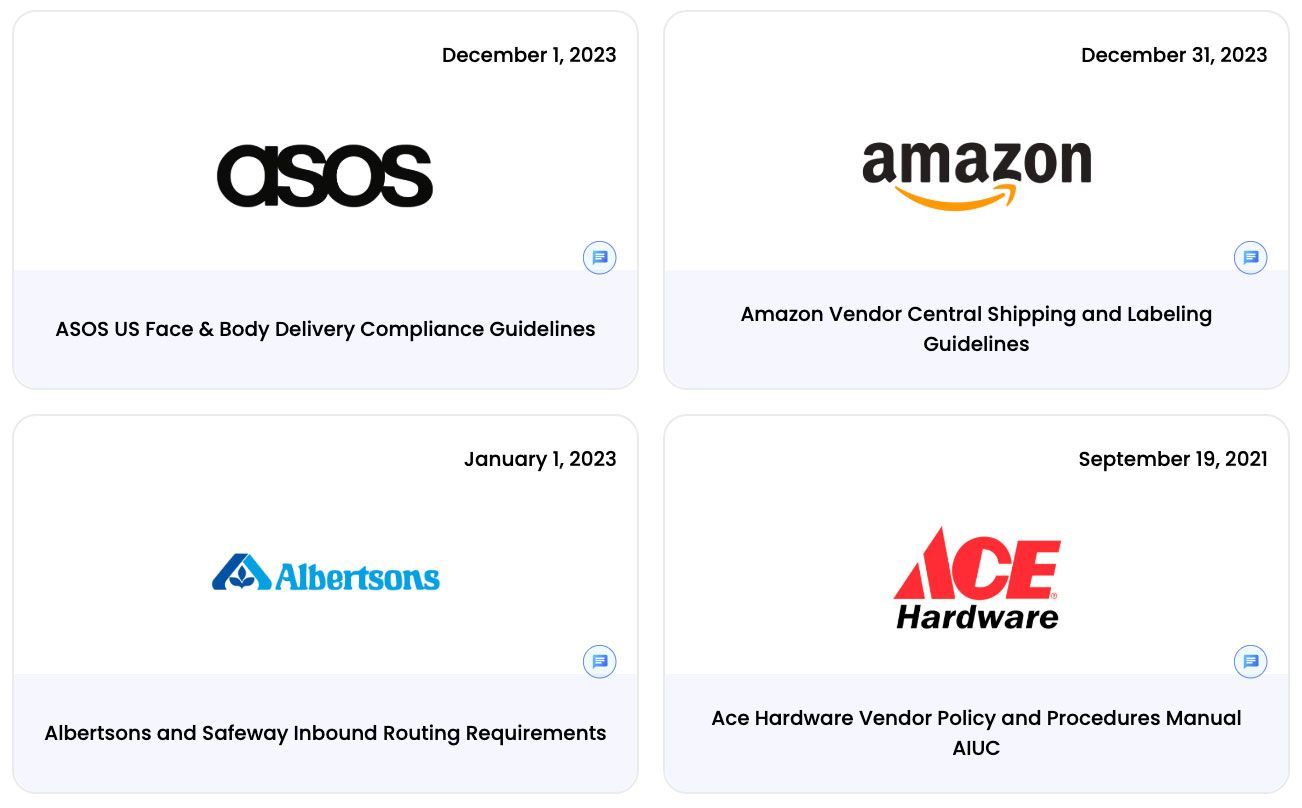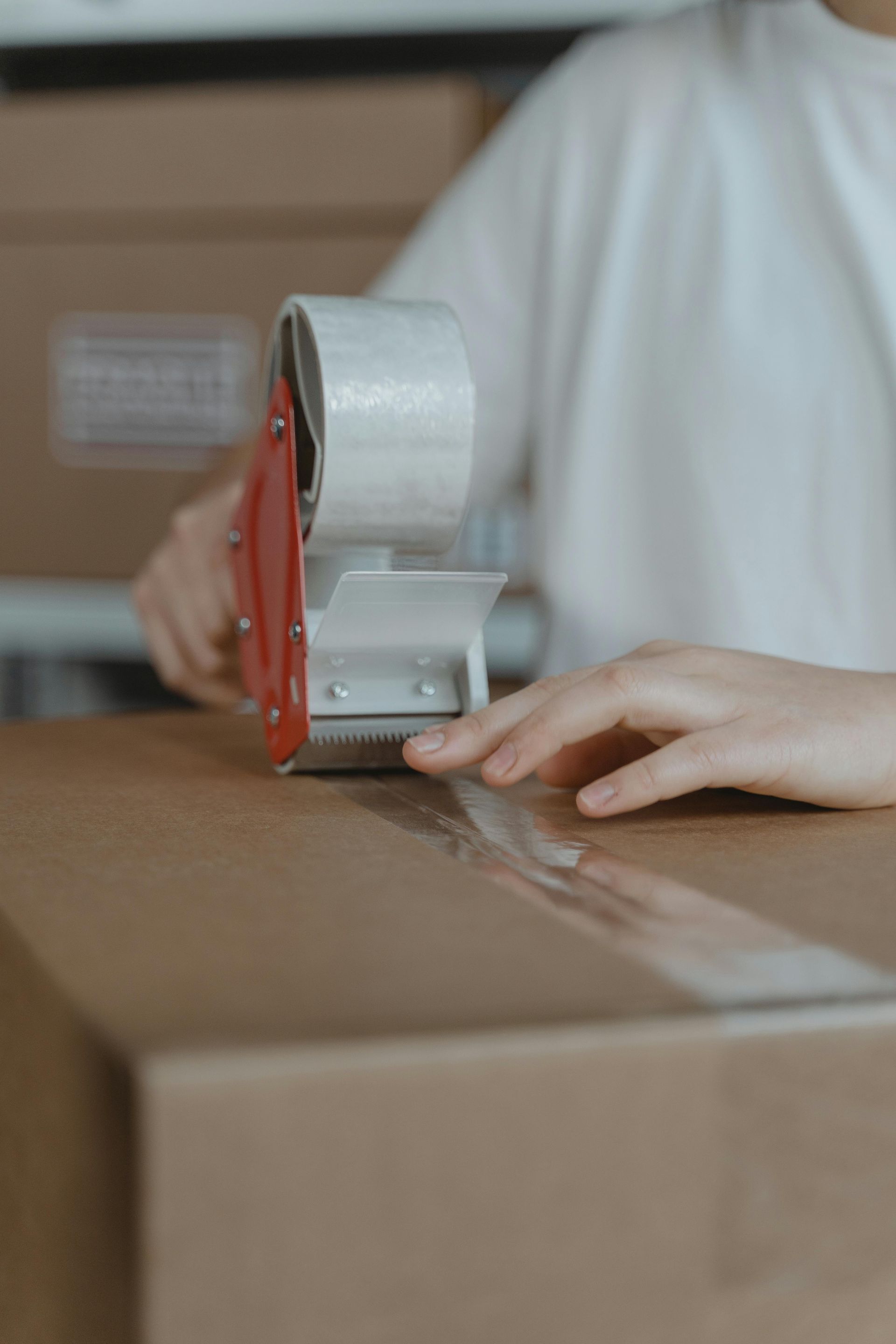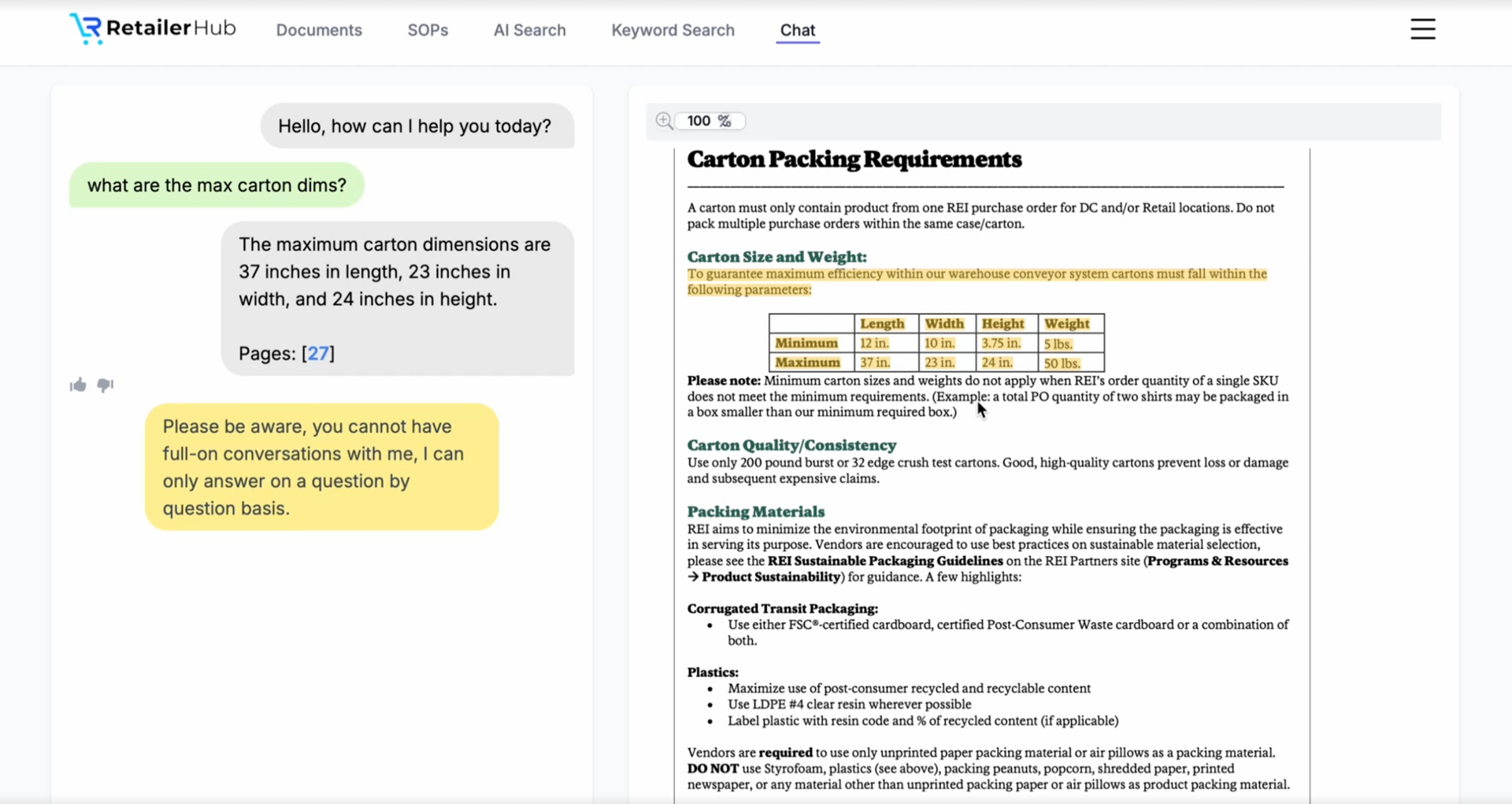What Retail-Ready Means in 2025: New Standards for Brands and 3PLs
"Retail-ready" used to mean you could ship a pallet with the right labels. In 2025, that bar is much higher. Retailers now expect precision, automation, and transparency from their vendors and 3PLs—and they have compliance scorecards and chargebacks to enforce it.
So what does being truly retail-ready mean today? It means you’re not just operational—you’re aligned, scalable, and audit-proof. And that takes more than a well-run warehouse.
The Old Definition vs. the New Reality
Traditionally, being retail-ready meant:
- Following the routing guide.
- Labeling correctly.
- Hitting your ship window.
- Avoiding obvious mistakes.
That’s table stakes now. In 2025, it means:
- Cross-team alignment on retailer expectations.
- Up-to-date SOPs for each retail partner.
- Searchable compliance documentation for everyone.
- Multilingual access for warehouse staff.
- AI-assisted answers and proactive risk alerts.
Why the Standard Has Changed
Retailers are moving faster, automating more, and placing the burden of compliance squarely on their vendors. Scorecards are stricter. Requirements are more detailed. And chargebacks are just the start of what’s at risk.
More retailers are:
- Changing requirements without direct notifications.
- Penalizing even minor ASN errors.
- Expecting compliance to be embedded in vendor systems.
- Auditing partner performance regularly.
That means brands and 3PLs need better tools—not just to execute, but to anticipate.
What Brands Need to Be Retail-Ready
If you're a brand working with multiple retail partners, you need:
1. Centralized Documentation
- One place where your ops, CS, and sales teams can access the latest retailer requirements.
2. Retailer-Specific SOPs
- Generic fulfillment processes don’t cut it. You need tailored workflows for each partner, and they need to be updated in real time.
3. Onboarding Support
- New team members should be able to ramp up fast on compliance expectations without having to "ask around" or guess.
4. Error Prevention Tools
- The system should help catch mistakes before they become chargebacks—from missed label specs to shipping on the wrong day.
What 3PLs Need to Stay Competitive
For 3PLs, being retail-ready means more than storing and shipping products. It means becoming a strategic partner for brands that depend on accurate, scalable retail fulfillment.
You need:
1. Multi-Retailer SOP Support
- Each brand you serve might work with 5+ retailers. Your floor team needs clear, separate playbooks.
2. Bilingual Access
- Many warehouse staff are Spanish-speaking. SOPs and instructions need to be accessible in their language.
3. Visibility for Brands
- Clients expect you to communicate how you're following retailer rules. Show them. Use tools that help you surface proof.
4. Fewer Errors, More Trust
- Compliance is a trust currency. The fewer mistakes you make, the more clients rely on you for growth.
How RetailerHub Helps
RetailerHub is built for this new definition of retail-ready. It gives brands and 3PLs:
- Searchable, verified retailer documentation.
- Instantly generated SOPs (in English and Spanish).
- AI-powered answers and compliance tools.
- A single source of truth for the entire team.
It’s the difference between playing defense with chargebacks and playing offense with trust, speed, and readiness.
Final Thoughts
Being retail-ready in 2025 isn’t just about shipping things correctly. It’s about building systems, teams, and tools that make compliance repeatable, scalable, and reliable.
See RetailerHub in Action
The best to see how RetailerHub works is by requesting a personalized demo. Let us show you more.



